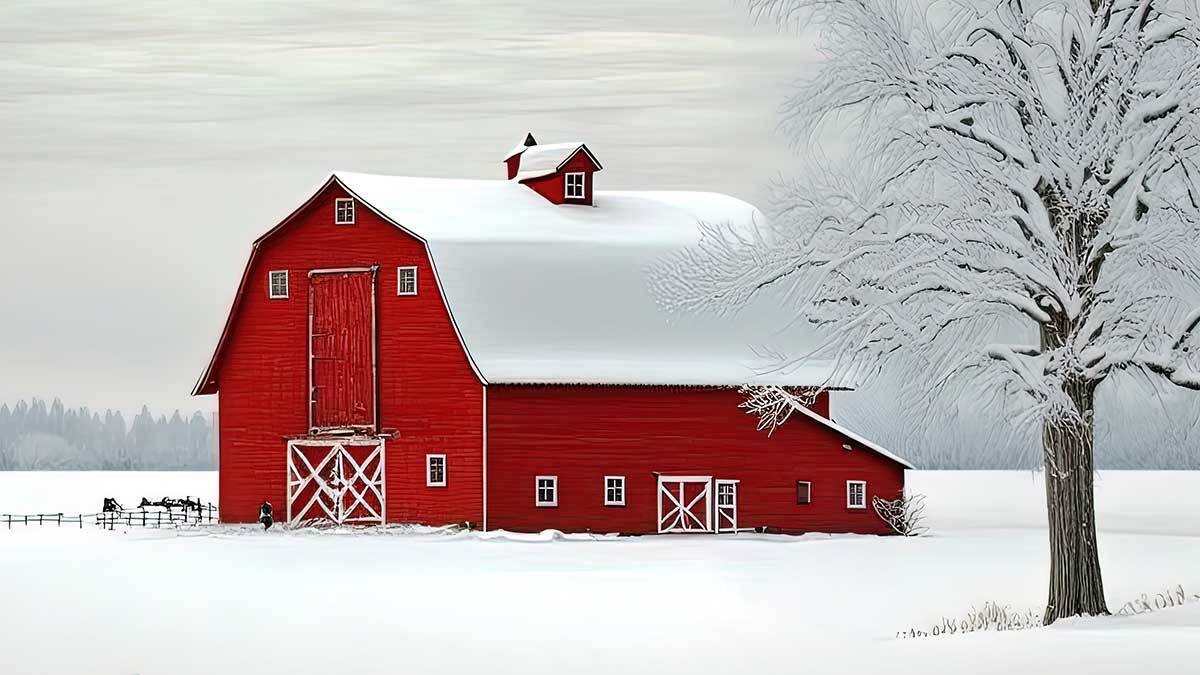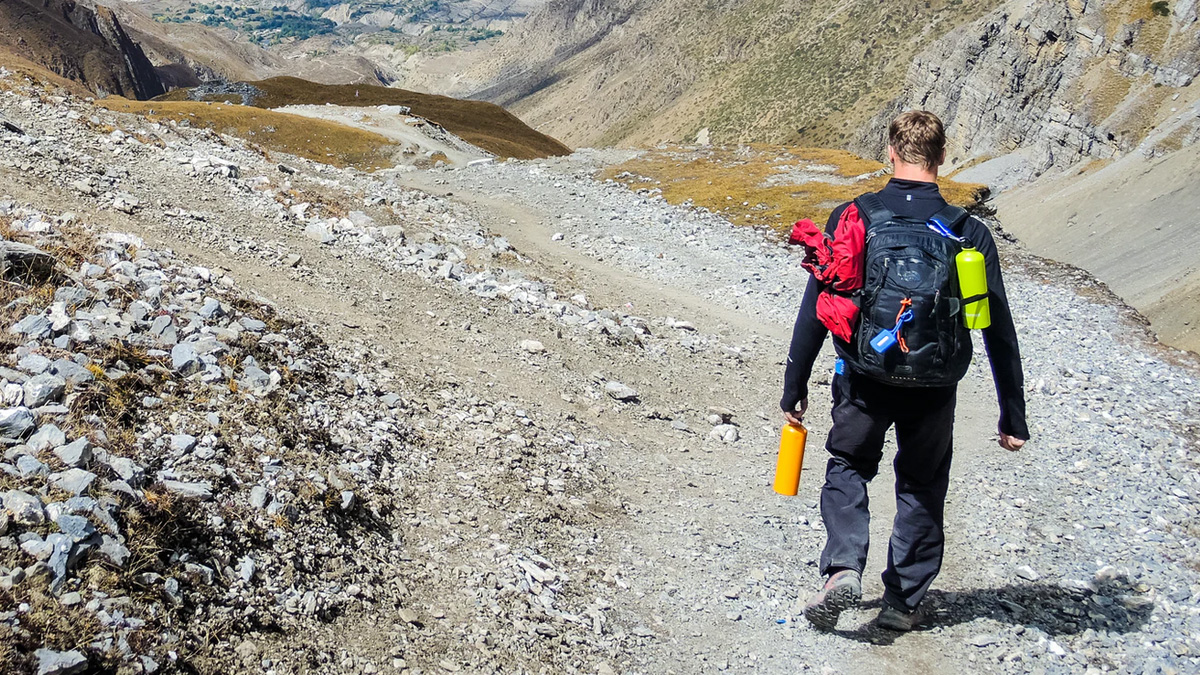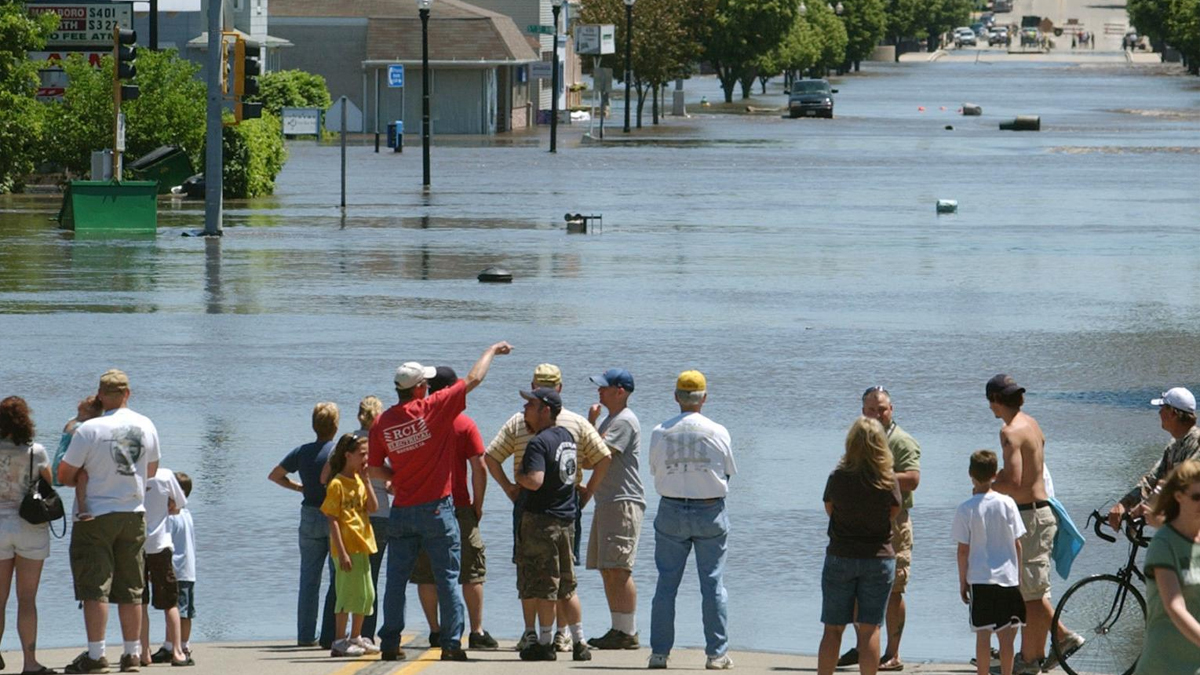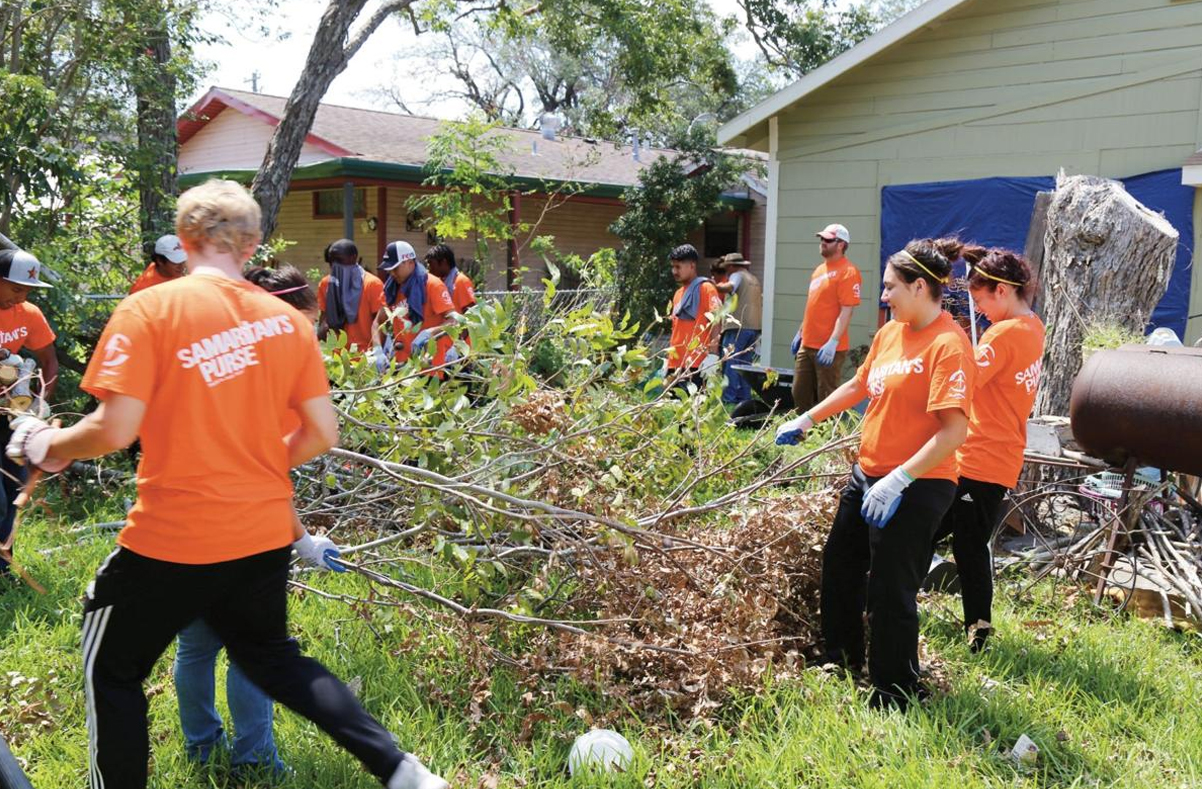on
For homesteaders, cold weather preparedness is quite the undertaking.
From preparing your livestock for the cold months ahead to winterizing your equipment and home, there’s a lot to do before freezing temperatures set in.
Use the cold weather checklist below to get prepared.

Winterize Your Home
Cold weather preparedness includes preparing your home to be a safe, warm retreat during the winter.
This means winterizing your home, which includes:
- Sealing and caulking any cracks or holes on the exterior of your home
- Making sure windows and doors are properly sealed
- Adding insulation to your home as needed
- Installing smoke alarms and carbon monoxide detectors
- Having your chimney and heating systems inspected
Replace Batteries
Winter weather often results in power outages. It also results in more fires and carbon monoxide-related incidents.
FEMA reports, “Fewer than 1 in 4 people in winter storm-prone areas installed and tested smoke alarms (24%) or carbon monoxide detectors (20%).”
Now is the perfect time to replace all your batteries.
Replace the batteries in your alarm systems. Check your flashlights and make sure they have working batteries. Go through your stash of batteries and make sure you have extras.
Stock Up on Food, Water, and Power Sources
It is pretty common for winter storms to result in long-term power outages.
In addition to power outages, the winter weather often makes it difficult for people to travel to get supplies.
That’s why one of the main focuses of cold weather preparedness is stocking up on supplies.
However, FEMA found, “2 in 3 (66%) people living in winter storm-prone areas do not have emergency supplies at home.”
You do not want to be one of the 66% who find themselves without emergency supplies during winter weather!
Instead, go ahead and stock up on non-perishable, long-term emergency food for your whole family (several days’ worth). In addition, have some gallons of water on hand.
It’s also important to consider alternative power sources, such as solar chargers and generators.
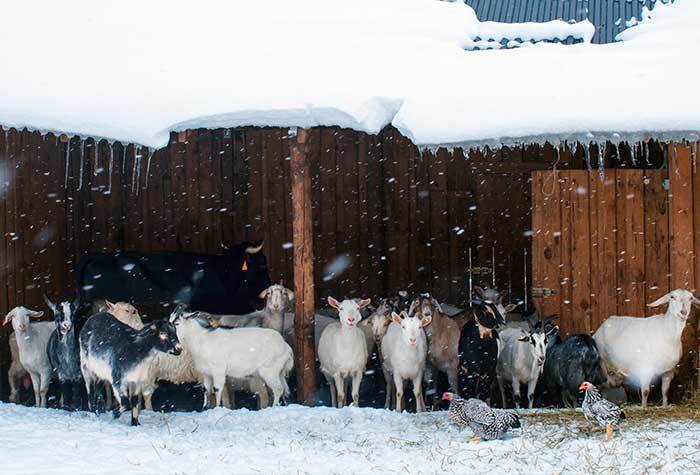
Take Care of Your Animals
Speaking of stocking up, it is important to remember to stock up for your animals. You may not be able to get to the pet store or the feed supply store due to impassable roads.
It’s wise to stock up on feed well ahead of the winter season.
In addition to making sure you have enough food for your animals in the event of an emergency, you will also need to take steps to ensure your animals stay hydrated and warm.
Add extra bedding materials and heat lamps. Consider investing in a heated water trough.
[Related Read: 13 Ways to Get Chickens Ready for Winter]
Use Additional Heating Sources Safely
It’s important to have another source of heat for your home in the event your heating system fails or you lose power. You may want to invest in a generator or space heater.
However, it is extremely important that you use these additional heating sources safely.
According to FEMA, “Half of all home heating fires occur in December, January, and February. 1 in every 7 home fires involves heating equipment.”
Keep anything that can potentially burn at least three feet away from your heat source. Use space heaters sparingly and opt for those with automatic turnoff.
If you use a generator, make sure you have a working carbon monoxide detector. Keep a working fire extinguisher in an easy-to-access space.
Protect Your Water Supply
Water is essential, so you don’t want to find yourself without it in an emergency. It is especially important when you are cold.
Many people don’t realize it, but it is very easy to become dehydrated in cold temperatures. So, you want to make sure your family has access to drinking water and stays hydrated.
Unfortunately, pipes burst due to freezing temperatures. It’s important to insulate exterior water lines. You also need to drain any outside water lines and hoses.
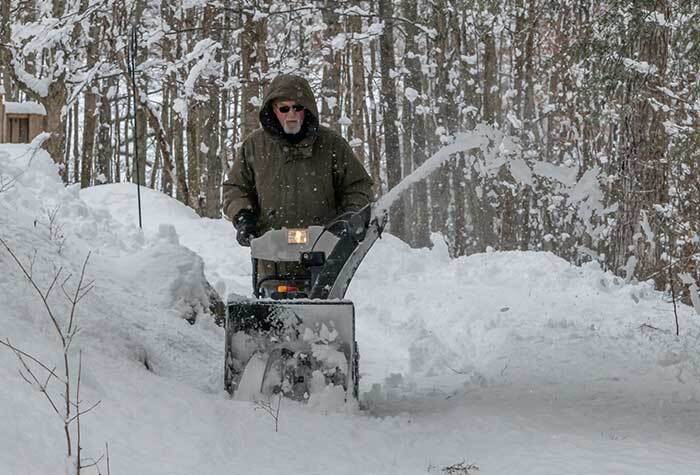
Get Equipment Ready
Cold weather preparedness involves getting your winter equipment ready.
Go ahead and locate your snow shovels, snow blowers, and chainsaws. Test them and make sure they are ready to work.
If you need fuel to run them, make sure you get it while you can.
Learn the Signs of Frostbite and Hypothermia
Cold weather exposure can result in frostbite or hypothermia. Both are serious, with hypothermia sometimes resulting in death.
Once temperatures reach freezing, people should watch out for frostbite and hypothermia. Frostbite can start to develop within as little as 15 minutes.
The main symptoms of frostbite are numb and tingling feelings, blue lips, and blistered skin. If not treated soon enough, it can result in amputation.
Should you think someone is suffering from frostbite, move them into a warm space and use body heat or warm water to bring up their temperature.
Hypothermia is when the body temperature goes below 95 degrees. The main symptoms are shivering, confusion, exhaustion, and slurred speech.
If you suspect someone is suffering from hypothermia, move them into a warm space and try to warm the center of their body. Wrap them completely in blankets and make sure they are dry.
Prepare Your Car for Winter Weather
We have all heard horror stories of people becoming stranded in their cars during a blizzard or when they accidentally crash into a snowbank.
This is why one of the most important cold weather preparedness tips is to prepare your vehicle for the winter.
In addition to putting chains on your tires and switching window wipers, it is also important to pack a bag of winter supplies just for your car.
FEMA reports, “Only 16% of people have emergency supplies in their car.”
Having the right winter supplies in your car can make the difference between survival and death.
[Related Read: Winter Driving Preparedness & Survival Tips]
Get access to premium content and more!



